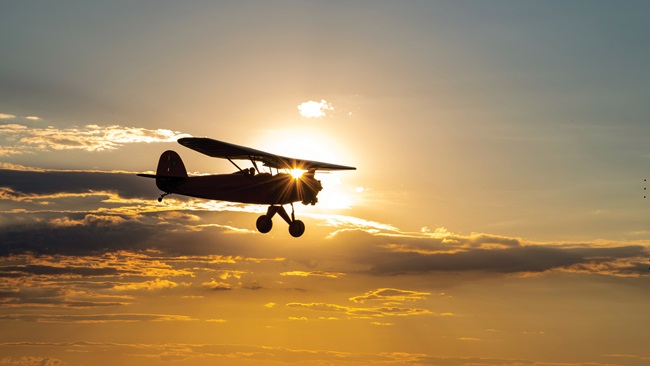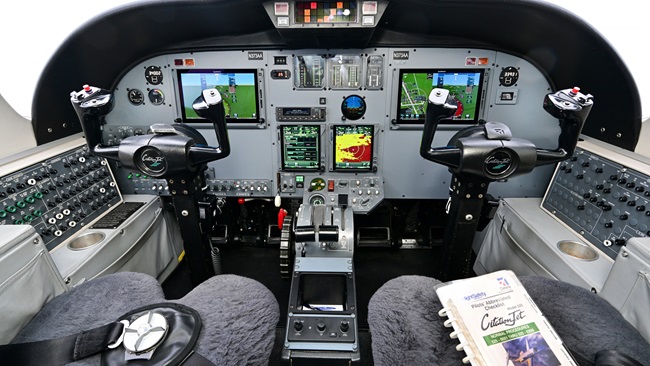Aircraft for the mission
Buy to train: Finding the perfect first airplane
The customer: Student pilot with a limited budget
The mission: Flying has always been a dream of yours. You had to put off that dream soon after college because money was tight, and then you started a family. Now the kids are getting older and you’ve reached a point where you can invest in your goals. Rental airplanes in your area are old dogs, and you love the idea of buying something to train in. You don’t aspire to go to the airlines, but an instrument rating might be nice. Once you earn a certificate you think you’ll use it mostly to fly around the region for fun. It’s still unknown whether your family will join you, but a four-place purchase will give you more options there.
The budget: $50,000 financed
Email [email protected]
The options:
 Cessna 172
Cessna 172
The humble Cessna Skyhawk does almost everything acceptably, if not exceptionally. This four-seater handles well and is predictable; its speed isn’t breathtaking but its cruise of around 120 knots is enough to take you places. Rounding out this jack of all trades is the fact that the 172 makes a great trainer. Why not learn to fly in an airplane that can continue to serve you for many years? It’s also a capable instrument platform, if the instrument rating is next on your list after a private pilot certificate. In early December the market included a good selection of late 1950s to early 1960s Cessna 172s beginning in the $30,000s, with airframes from the 1970s to 1980 reaching the $50,000 mark—and some newer models well north of $300,000. The Cessna 152 is another option; with two fewer seats, it gives you less flexibility, but you’ll burn less fuel.
 Piper Cherokee
Piper Cherokee
Prefer a low-wing airplane, or maybe you’re tall and just don’t want to duck while loading or preflighting a high-wing? Consider the Piper Cherokee, which is a good choice for all the same reasons as the Cessna 172. Large fleets of both are in service, so maintenance and parts are readily available. A Cherokee’s performance—as well as its price—aligns with the power produced by its Lycoming engine. Generally, you’ll pay more for higher-horsepower models—there’s the 140-horsepower Cherokee 140, a number of which have been upgraded to 160 hp (advertised as Cherokee 140/160); an additional 20 ponies power the Cherokee 180. In December there were Cherokee 140s in the $20,000 range, with a lot of nice choices between $35,000 and $45,000; many Cherokee 180s are north of $50,000. The newer, 180-hp Piper Archer breaks the budget, with aircraft advertised between $70,000 and $200,000.
 Beechcraft Bonanza Model 35
Beechcraft Bonanza Model 35
A complex airplane like the Beechcraft Bonanza Model 35, with a bigger engine and retractable landing gear, may make learning to fly a bit more challenging—especially if it’s equipped with the original, single throw-over control yoke—but it can be done. The increased performance could make it more useful, for longer, after flight training is completed. Older Bonanzas are reasonably fast, cruising around 150 knots, and typically have miserly fuel burns of around 10 gallons per hour. In December 2020 prices began in the high $30,000s but some patience could be required to find the right one, since the market average is around $92,000. Updated avionics and other improvements tend to raise an aircraft’s price and may justify the additional dollars; shop carefully! In general, the less expensive models were built between the late 1940s and the early 1960s.
Let us know which aircraftyou would choose!
[email protected]
Photography by Chris Rose



